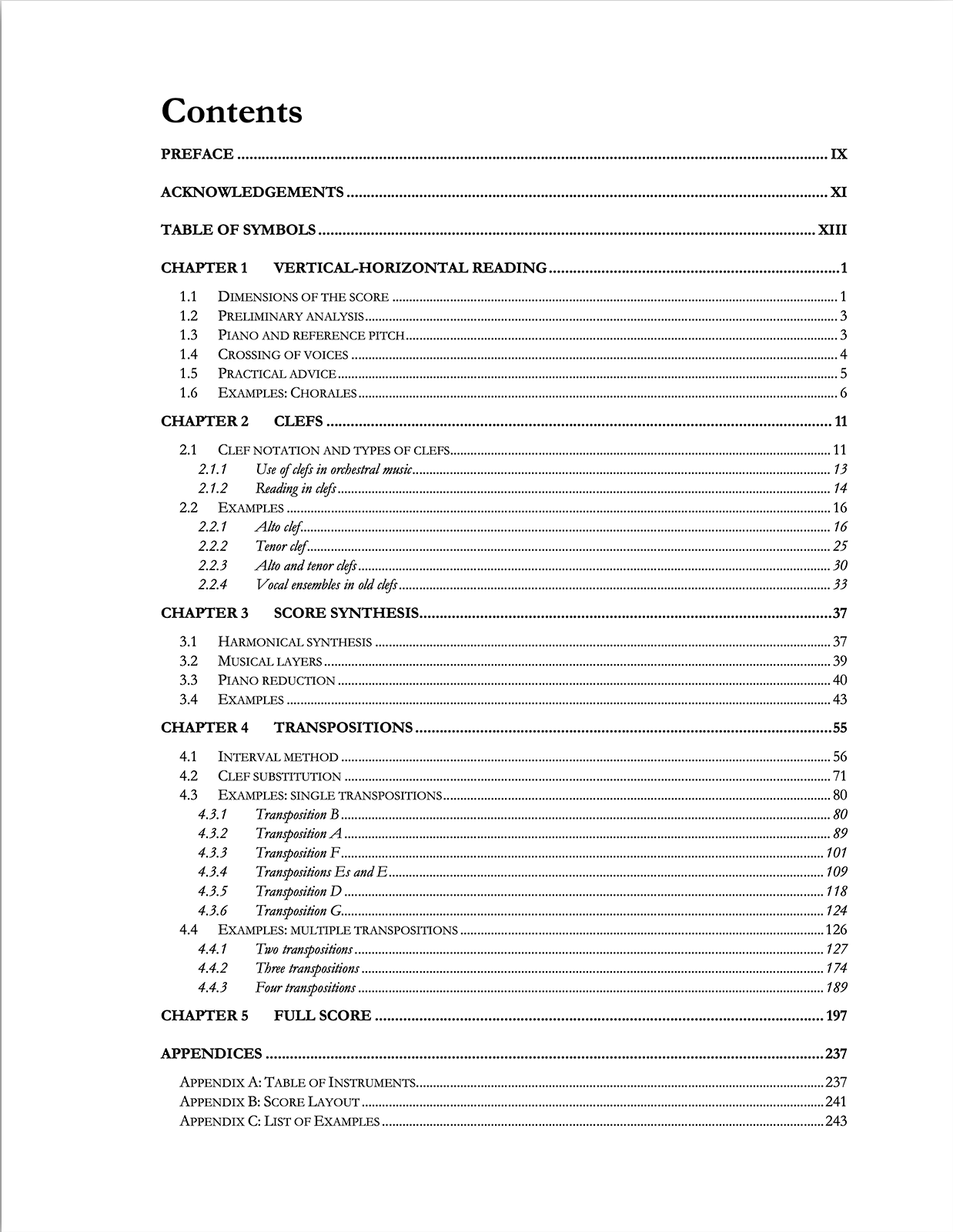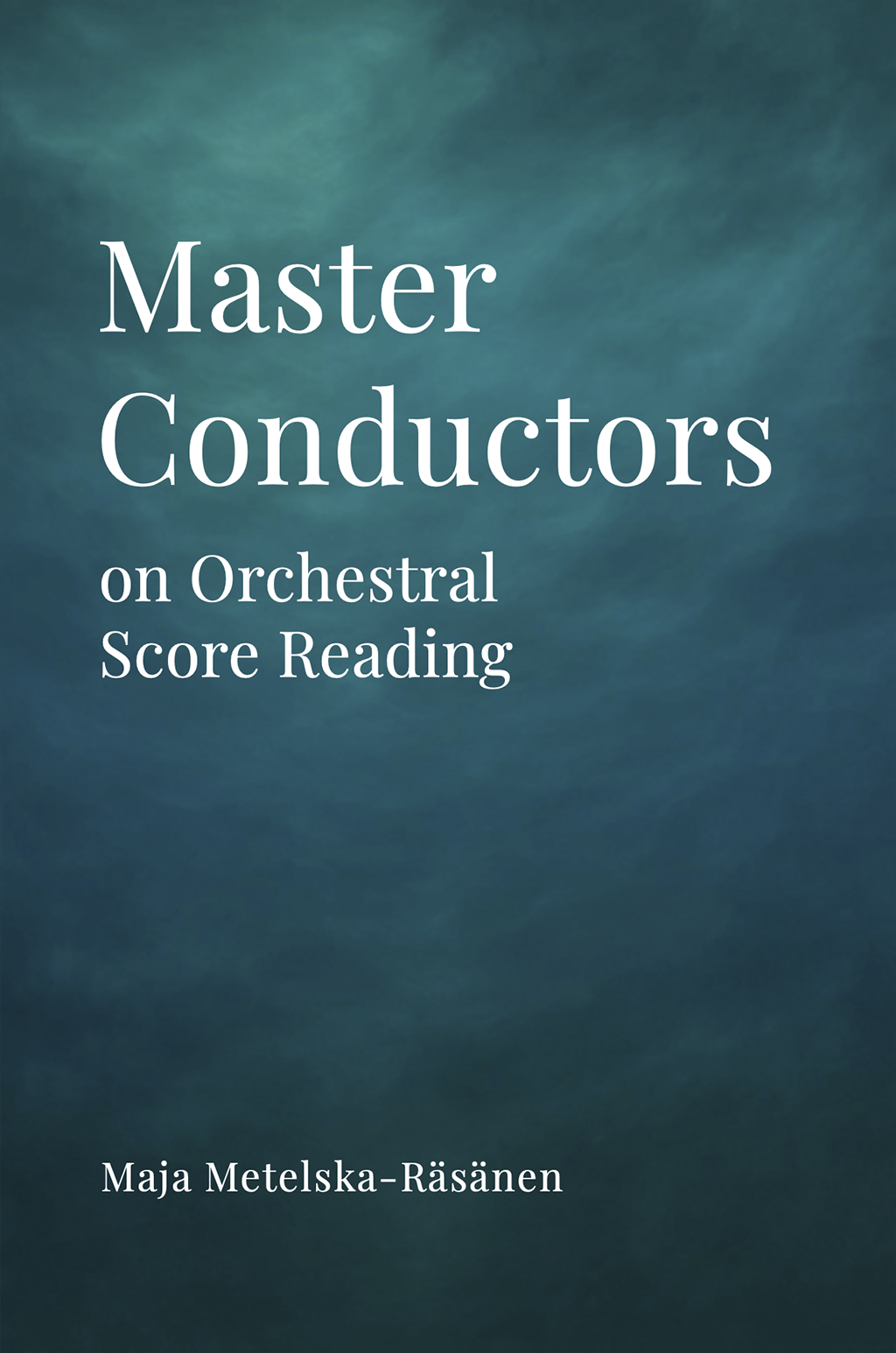Maja Metelska-Räsänen
Score Reading of Orchestral Music
A comprehensive guide to score reading of orchestral music for conductors and all musicians, music readers and students. It presents methods on synthesising a score, creating a sounding image of the score in the mind, reading in clefs, decoding single and multiple transpositions, making piano reductions. Each of the topics is complemented with a wide range of practice examples from 18th – 20th century orchestral repertoire.
What You'll Discover
Skills You’ll Gain
- Develop fluent orchestral score reading skills.
- Create a sounding image of an orchestra score in the mind.
-
Decode single and multiple transpositions with ease.
- Read music written in any clef proficiently.
- Synthesize music from multiple staves effectively.
-
Create piano reductions from complex scores.
- Imagine the sounding result of a score.
Why It Matters
- Imagine how the music will sound, laying a foundation for creating your own interpretation.
- Master efficient, accurate score-reading techniques that save time when learning new pieces.
- Discover the piece directly from the score, not someone else’s interpretation from a recording.
How You’ll Learn
- Study more than 160 excerpts from landmark classical works spanning the 18th to 20th centuries.
- Follow detailed instructions, explanations, and piano reduction proposals for every excerpt.
- Engage with music by Bach, Beethoven, Brahms, Bruckner, Franck, Haydn, Liszt, Mahler, Mozart, Ravel, R. Strauss, Tchaikovsky, Wagner, and more.

Maja Metelska-Räsänen
Maja Metelska-Räsänen, D.Mus.A., is a conductor with extensive experience in teaching score reading to conducting students. A graduate of both the Sibelius Academy and the Chopin University of Music, she has conducted professional orchestras around the world. Passionate about score reading, she is fascinated by its multifaceted nature and its fundamental role in the conductor’s art.
More on Score Reading
Master Conductors on Orchestral Score Reading
What does it truly mean to read an orchestral score, and how can it be done? This book offers an in-depth exploration of orchestral score reading, presenting approaches employed by both historical and contemporary professional conductors from around the world.


